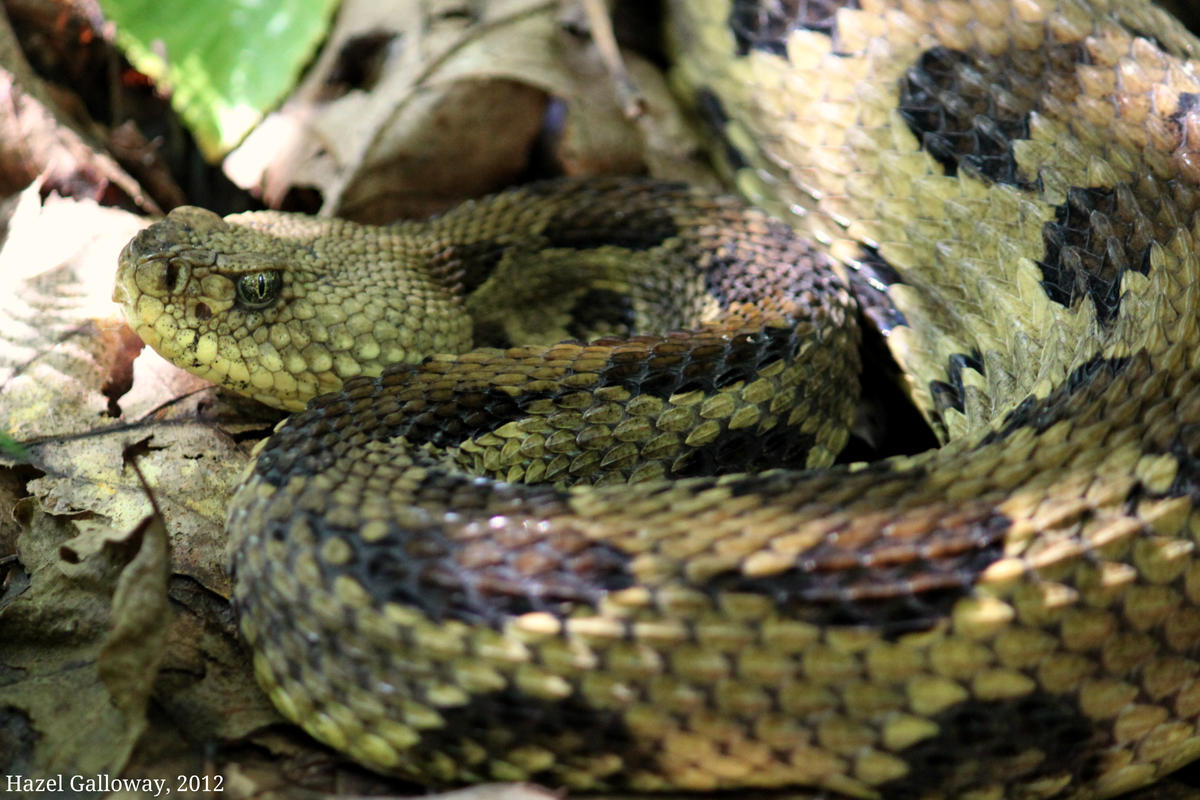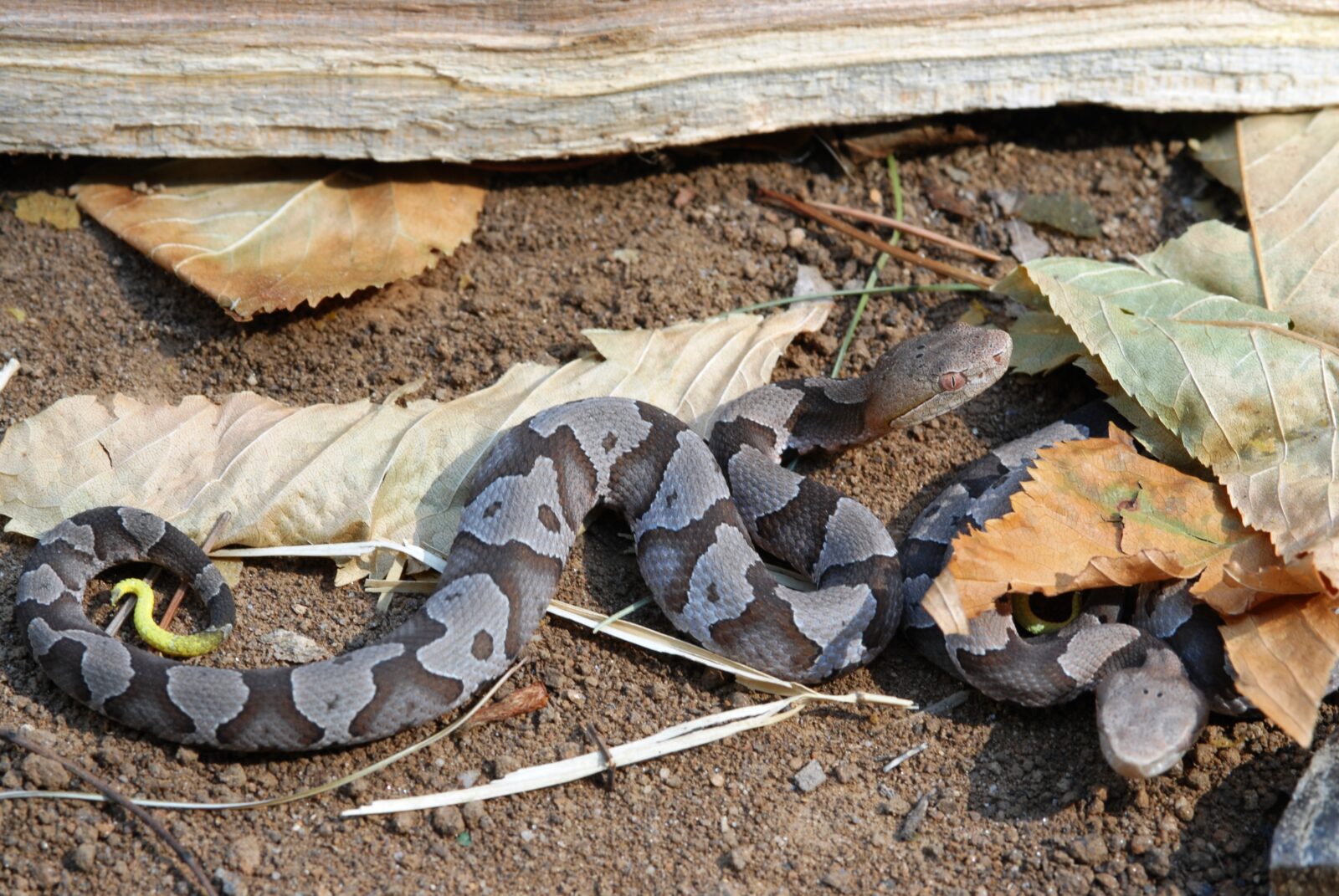Types Of Snakes Virginia - VA Snake ID Key | Poisonous snake bite Copperhead look-to-love Cottonmouth look-to-love | Poisoning VA snake classification | Sort snake VA by length | Snake test
Timber Rattlesnake (Crotalus horridus) Average Length: 30 - 60 inches (90 - 152 cm) Virginia Wildlife Action Plan Assessment: Phase IVa Southeast Population VWAP Assessment: Phase IIa Additional Information
Types Of Snakes Virginia

Northern Red Snake (Cemophora coccinea copei) Average Length: 14 - 20 inches (36 - 51 cm) Virginia Wildlife Action Plan Level: Level IVa More Information
Rattlesnake Found In Old Town Alexandria
Northern Black Racer (Colobore Conster) Average Length: 36 - 60 inches (90 - 152 cm) More Info
Northern Ringneck Snake (Diadophis punctatus edwardsii) Average Length: 10 - 15 inches (25.4 - 38 cm) More Information
Southern Ringed Snake (Diadophys punctatus punctatus) Average Length: 10 - 14 inches (25.4 - 36 cm) More Information
Eastern mudsnake (Farancia abacura abacura) Average length: 40 - 54 inches (102 - 137 cm) Virginia Wildlife Action Plan Assessment: Phase IVa Additional Information
Eastern Garter Snake
Common Rainbow Snake (Farancia erytrogramma erytrogramma) Average length: 27 - 48 inches (68.8 - 122 cm) Virginia Wildlife Action Plan Assessment: Level IVa Additional Information
Eastern Hognose Snake (Heterodon platyrhynos) Average Length: 20 - 33 inches (51 - 84 cm) Virginia Wildlife Action Plan Assessment: Level IVc Additional Information
Eastern Black King Snake (Lampropeltis nigra) Average length: 36 - 45 inches (90 - 114 cm) Virginia Wildlife Action Plan Assessment: Level IIIc Additional Information

Eastern Glossy Swamp Snake (Leodytes rigida rigida) Average Length: 14 - 24 inches (36 - 61 cm) Virginia Wildlife Action Plan Assessment: Phase IIIc Additional Information
Snake Season Arrives In Virginia
Northern Rough Greensnake (Opheodrys aestivus aestivus) Average Length: 22 - 32 inches (56 - 81 cm) More Info
Smooth Greensnake (Opheodrys vernalis) Average Length: 11 - 20 inches (30.3 - 51 cm) Virginia Wildlife Action Plan Level: Level IIIa Additional Information
Northern Pine Snake (Pituophis melanoleucus melanoleucus) Average Length: 48 - 66 inches (122 - 168 cm) Virginia Wildlife Action Plan Assessment: Level Ia Additional Information
Queensnake (Regina septemvittata) Average length: 15 - 24 inches (38 - 61 cm) Virginia Wildlife Action Plan Level: Level IVa Additional Information
West Virginia State Reptile
Southeastern Crowned Snake (Tantilla coronata) Average length: 8 - 10 inches (20 - 25.4 cm) Virginia Wildlife Action Plan Assessment: Level IVc Additional Information
Common Ribbon Snake (Thamnophis saraita saraita) Average Length: 18 - 26 inches (45.7 - 66 cm) Virginia Wildlife Action Plan Level: Level IVa Additional Information
Eastern Snake (Thamnophis sirtalis sirtalis) Average length: 18 - 26 inches (45.7 - 66 cm) Virginia's official state snake More information

Mountain Ground Snake (Virginia valeriae pulchra) Average length: 7 - 10 inches (18 - 25.4 cm) Virginia Wildlife Action Plan Level: Level IIc Additional Information
They're Back! Identifying Snakes In East Texas
Eastern Smooth Ground Snake (Virginia valeriai valeria) Average Length: 7 - 10 inches (18 - 25.4 cm) More Info
The Virginia Herpetological Society follows the nomenclature conventions of the American Society of Ichthyologists and Herpetologists, the League of Herpetologists, and the Society of Amphibian and Reptilian Zoology.
Virginia Wildlife Action Plan Assessment Level IV - Moderate Conservation Need - The species may be rare in parts of the state, especially on the fringes. If the population of this species has shown a significant decline or is suspected, if it continues, it is estimated that this species will qualify for higher status in the future. Long-term planning is essential to stabilize or increase population.
Phase III Evaluation of the Virginia Wildlife Action Plan - Critical Conservation Need - Diversity or Extinction. The population of these species is decreasing or reduced to a low level or they are in a restricted area. Management measures are necessary to stabilize or increase population.
What To Know About Snakes In Virginia
Virginia Wildlife Action Plan Tier II - Very High Conservation Need - At high risk of extinction or extinction. The populations of these species are at a very low level, face real threat(s), or have a very limited distribution. Immediate management is important for stabilization and recovery.
Virginia's Wildlife Action Plan Assessment Level I - Critical Conservation Need - Exceeds Very High Threat of Extinction or Extinction. Populations of these species are at very low levels, face immediate threat(s), or have very limited ranges. Urgent and immediate administrative action is required.
B - on actions or research needs that have been identified but cannot be implemented at the moment.
/cloudfront-us-east-1.images.arcpublishing.com/gray/HWYSQXH6RNFOVHSK4YMHZ7UXRE.bmp)
C - No fieldwork or research needs have been identified or all identified conservation opportunities have been exhausted. I recently posted a tutorial on what to do if/when you find a snake in your yard. Today, I thought it would be good to briefly introduce a few snake species so that homeowners can better identify the most common snakes in their backyards. Virginia is home to over thirty species of snakes, but I've narrowed this post down to just a few that are mostly encountered in local homes and gardens.
How To Get Rid Of Snakes, Snakes In Yard
This snake is the longest native snake in Virginia, reaching up to 8 feet in length! It is one of the most common snakes on the east coast, and can be found regularly near people and their homes. While their large size makes them intimidating, Oriental rats are actually very docile, and typically run away from humans at the first opportunity. As their name suggests, they feed mainly on rodents, which makes them close to humans where rats and mice are most active. They are generally black in color, although some, as shown in the picture, still retain some of their juvenile coloration (young rat snakes are greyish-black spots) and have a black and white "checkerboard" pattern on their bellies. They are very arboreal species that are often found in trees, warehouses and occasionally on balconies.
The Eastern Rattlesnake is the most common resident of Virginia. Although they don't grow as large as rat snakes, they can still reach a respectable four feet in length when fully grown! Rattlesnakes are important to humans because they eat small rodents and insects that we think of as pests, but they can also eat fish, worms, frogs, eggs, cows, and other snakes. If disturbed, a garter snake may sting, but it generally releases a foul-smelling musk, causing a predator to let go. They are easily identified by three yellow stripes running down the length of their body, with a checkerboard pattern of dots between the spines. Homeowners will never find garter snake eggs on their property, because these snakes are actually hatched young and do not lay eggs!
The rough ground snake is a very small burrowing (burrowing) species that usually only needs to be dug up when gardening or doing yard work. At first glance, even the largest specimens can be mistaken for earthworms as they are generally less than 10 inches long! Although they can be found in small groups, earth snakes are completely harmless and are not known to bite even when caught (if necessary, these snakes will get up and move safely, but as with any wild animal, one should avoid touching them as much as possible). Rough earth snakes can be brown, gray or even red, but there is no pattern or color except for a light stripe on the neck of the young. If they encounter a predator, rough ground snakes may lie dormant or play dead until the threat passes.
The eastern kingsnake is a medium-sized snake, generally reaching around 3 1/2 - 4 feet. Like the eastern rat snake, the king snake is mostly jet black in color, but is easily recognized by its white spots or chain link pattern. Although they are non-venomous and fairly docile, snakes will bite if caught or handled and should be left alone as much as possible. If disturbed, they may wag their tails like a snake and emit a foul-smelling musk. However, many homeowners appreciate the king snake because it mostly feeds on other snake species, including venomous species such as copperheads and rattlesnakes!
Copperhead Snake Identification In Virginia
Commonly called the rotting brown snake, the brown snake is another small species of snake, reaching no more than a foot in length. It is generally brown or gray with a central light band surrounded by two rows of black spots running down the body. Like rattlesnakes, brown snakes feed on a variety of vertebrates, especially earthworms, slugs and snails. Often found in gardens and parks, the brown snake is completely harmless and gentle!
Generally, the snakes that we often encounter around our homes are non-venomous and harmless. Animals are very useful in pest control and we can live with these species with little or no conflict. To learn more about these snakes and other species of snakes in Virginia, check out the Virginia Living Museum and get up close! And next time you're relaxing outside, doing yard work, or looking for your next Pokemon, don't forget to look for these awesome guys!
Note: The snakes are in Virginia.

Halsey taylor bottle filling station, taylor weather station, taylor station surgical center jobs, taylor weather station manual, brod and taylor fermentation station, orthopedic one taylor station road, surgical scrub station, taylor station, taylor weather station 1736 manual, taylor wireless weather station, orthopedic one taylor station, taylor made surgical caps
Post A Comment:
0 comments so far,add yours